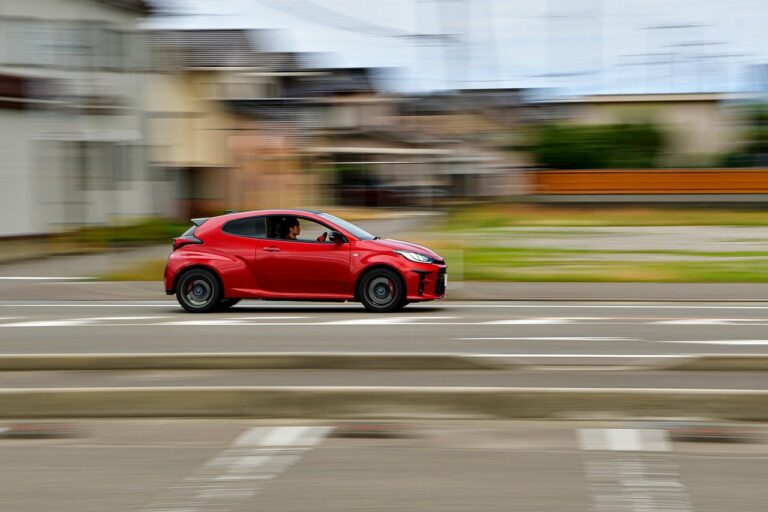The Impact of Micro-Mobility on Urban Infrastructure
Micro-mobility, including electric scooters and bikes, has rapidly gained popularity in urban areas as a convenient and environmentally friendly mode of transportation. However, the integration of these micro-mobility solutions into existing urban infrastructure presents several key challenges. One major issue is the lack of designated spaces for parking these devices, leading to cluttered sidewalks and creating obstacles for pedestrians. Additionally, the increased presence of micro-mobility vehicles on already congested roads can worsen traffic flow and safety for both riders and motorists.
Another significant challenge faced by urban infrastructure due to micro-mobility is the strain on maintenance and upkeep of public spaces. The frequent use of electric scooters and bikes can result in wear and tear on infrastructure such as sidewalks and bike lanes, requiring more frequent repairs and maintenance. Moreover, the implementation of new regulations and policies to govern micro-mobility usage can be complex and time-consuming, further adding to the challenges faced by urban planners and policymakers.
Lack of designated parking spaces leading to cluttered sidewalks
Increased presence of micro-mobility vehicles worsening traffic flow and safety
Strain on maintenance and upkeep of public spaces due to wear and tear from frequent use
Complexity and time-consuming nature of implementing new regulations and policies for micro-mobility usage
Benefits of Integrating Micro-Mobility Solutions into Urban Infrastructure
Cities around the world are increasingly integrating micro-mobility solutions into their urban infrastructure to address the growing needs of sustainable transportation. By incorporating options like electric scooters, bikes, and shared mobility services, cities are providing residents with more convenient and eco-friendly transportation choices. This shift not only reduces traffic congestion but also decreases air pollution, promoting cleaner and healthier urban environments for all.
Furthermore, the integration of micro-mobility solutions enhances first and last-mile connectivity, making it easier for individuals to access public transportation systems. This seamless connectivity encourages more people to opt for sustainable modes of travel, reducing the reliance on personal vehicles. As a result, cities can alleviate the strain on existing transportation networks while improving overall mobility and accessibility for residents and visitors alike.
Urban Infrastructure Adaptation to Accommodate Micro-Mobility
As cities embrace micro-mobility solutions such as e-scooters and bike-sharing systems, adapting urban infrastructure becomes essential. One key aspect of this adaptation is the creation of designated lanes and parking areas for these modes of transport. By integrating these elements into existing infrastructure, cities can improve safety for micro-mobility users and minimize conflicts with other road users.
Furthermore, urban planners are exploring the concept of “complete streets” to accommodate micro-mobility. This approach involves designing streets that cater to the needs of all users, including pedestrians, cyclists, and public transport users. By redesigning streets with wider sidewalks, protected bike lanes, and enhanced connectivity to public transportation hubs, cities can create a cohesive urban environment that promotes sustainable and efficient modes of transport.
What are some key challenges faced by urban infrastructure due to micro-mobility?
Some key challenges include limited space for additional infrastructure, integrating new technology and services, managing increased traffic congestion, and ensuring safety for all road users.
What are the benefits of integrating micro-mobility solutions into urban infrastructure?
Benefits include reduced traffic congestion, lower carbon emissions, improved air quality, increased access to transportation options, and promoting healthier and more active lifestyles.
How can urban infrastructure be adapted to accommodate micro-mobility?
Urban infrastructure can be adapted through measures such as creating dedicated lanes for micro-mobility vehicles, implementing smart traffic management systems, improving bike and scooter parking facilities, and promoting integrated transportation networks.
What are some examples of urban infrastructure adaptations for micro-mobility?
Examples include adding bike lanes and bike-sharing stations, creating designated parking areas for e-scooters, implementing bike-friendly traffic signals, and developing mixed-use urban spaces that prioritize pedestrian and micro-mobility access.
How can cities ensure the safety and accessibility of micro-mobility users?
Cities can ensure safety and accessibility by enforcing traffic rules and regulations, providing education and training on safe micro-mobility usage, investing in infrastructure improvements, and conducting regular maintenance and inspections of bike and scooter lanes.







